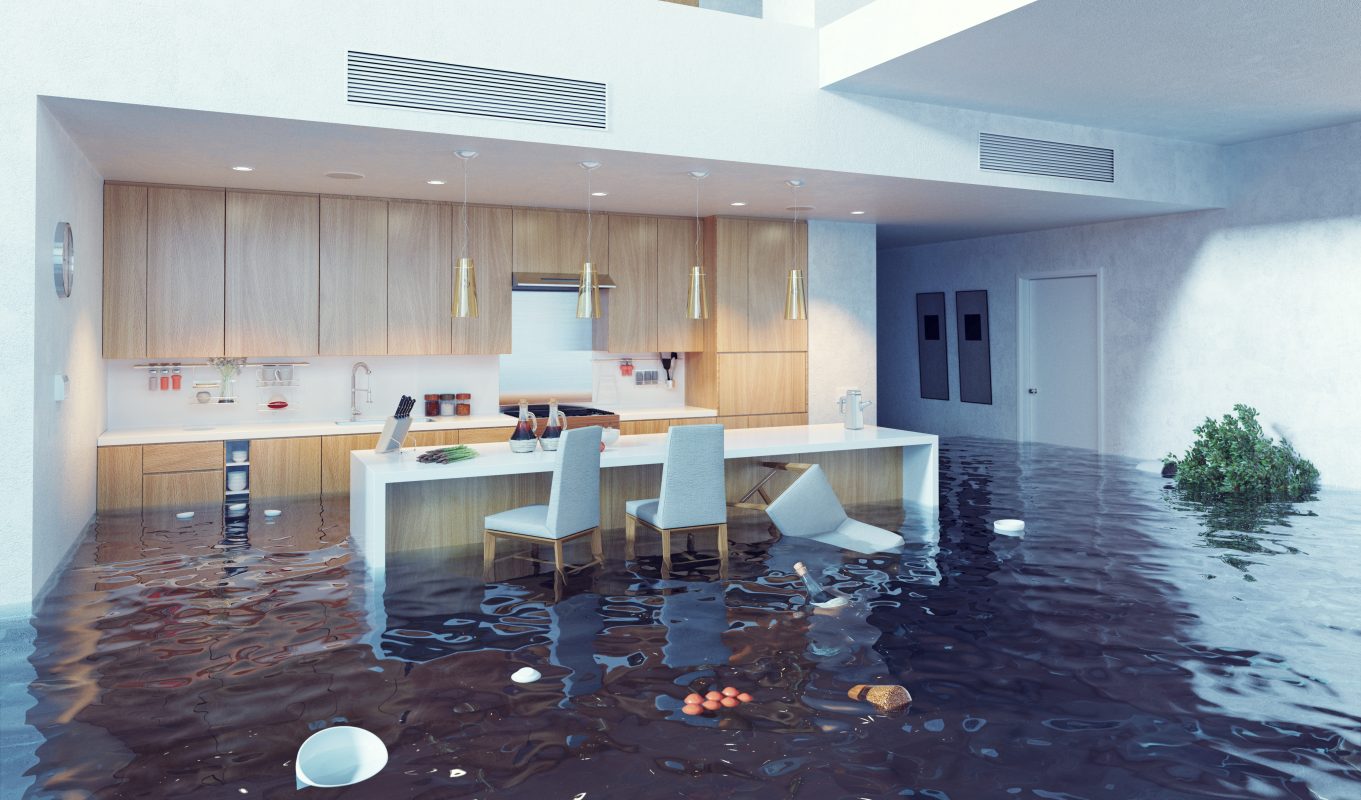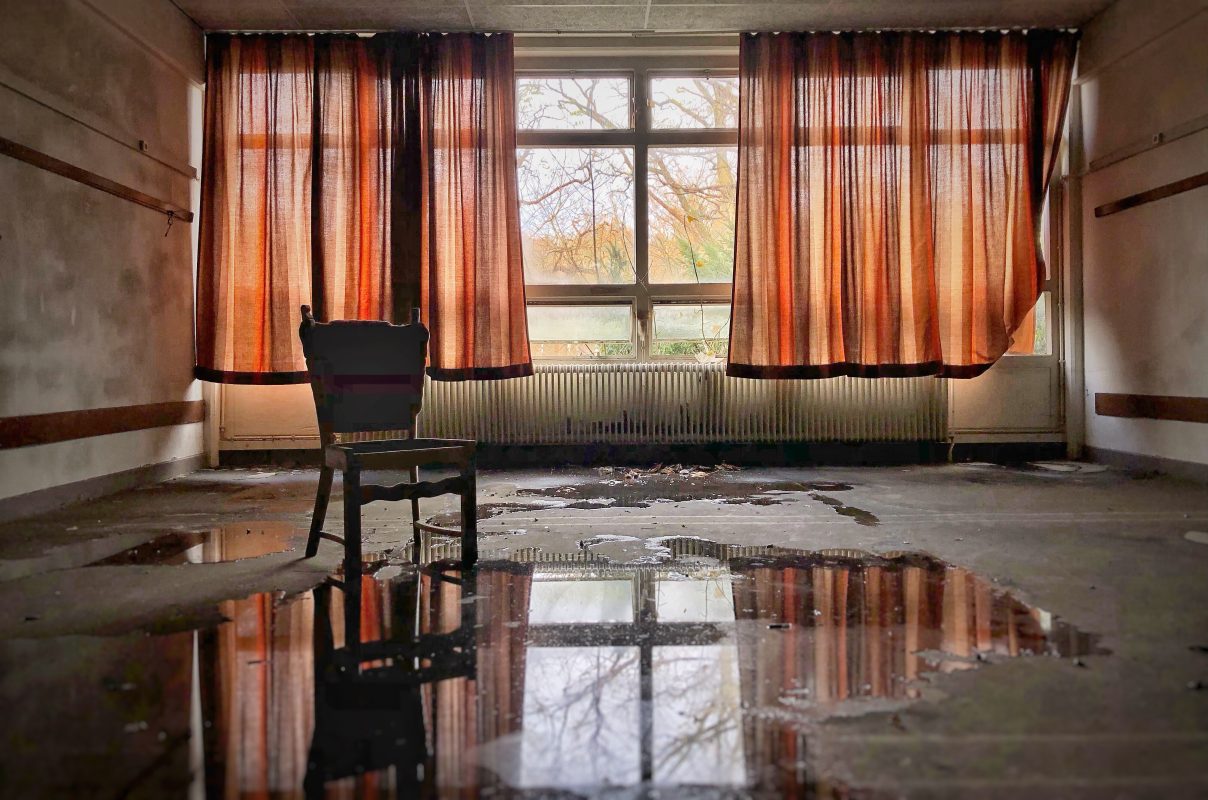Are you considering taking a DIY approach to dry out your property after water damage? Think again. While it may seem like a cost-effective solution, there are hidden dangers that come with DIY drying. In fact, the consequences can be severe and long-lasting. This article explores why professional help is vital in such situations.
Water damage can lead to a myriad of problems, including mold growth, structural damage, and electrical hazards. Even a small water leak can cause extensive damage if not dried properly. Unfortunately, many homeowners underestimate the complexity of drying techniques and fail to address the underlying issues. This can result in costly repairs down the line.
Professional water damage restoration technicians have the expertise, specialized equipment, and knowledge of best practices to ensure a thorough and efficient drying process. They can assess the extent of damage, identify hidden moisture pockets, and implement advanced drying techniques to prevent mold growth and structural problems.
Don’t put your property and health at risk. Seek professional help after water damage to ensure a safe and effective restoration process.
The Importance of Addressing Water Damage Immediately
Water damage, no matter how small, should never be ignored. It is crucial to address it immediately to prevent further complications. Even a minor leak can result in significant damage over time. Moisture can seep into walls, floors, and other structural components, leading to rot, warping, and weakened integrity. Additionally, moisture provides an ideal environment for mold growth, which can spread rapidly and pose serious health risks.
When water damage occurs, it is essential to act swiftly. Calling in professional help will ensure that the situation is properly assessed and addressed. Professionals have the necessary expertise to identify the source of the water damage, assess the extent of the damage, and take appropriate measures to prevent further harm.
DIY Drying Methods and Their Limitations
Many homeowners, in an attempt to save money, opt for DIY drying methods after experiencing water damage. However, these methods often have significant limitations and can lead to more harm than good. Common DIY drying techniques include using fans, opening windows, and using dehumidifiers.
While these methods may help to some extent, they are not sufficient for thorough drying. They only address superficial moisture and do not effectively remove moisture from hidden areas such as wall cavities and subfloors. This can result in lingering moisture, leading to mold growth and structural damage.

The Hidden Dangers of DIY Drying
DIY drying comes with hidden dangers that homeowners may not be aware of. One of the most significant risks is the potential for mold growth. Mold can start growing within 24-48 hours of water damage, and if not properly addressed, it can spread rapidly throughout the property. Exposure to mold can cause respiratory issues, allergies, and other health problems.
Another danger of DIY drying is the risk of structural damage. Moisture can weaken the structural integrity of walls, floors, and ceilings, leading to costly repairs. Additionally, inadequate drying can result in warped materials, such as wood and drywall, which may need to be replaced entirely.
Furthermore, DIY drying methods do not address potential electrical hazards. Water damage can compromise electrical systems and pose a significant risk of electrical shock or fire. Only professionals with the necessary expertise should handle electrical components during the drying process.
The Benefits of Hiring Professional Help for Water Damage Restoration
Seeking professional help after water damage is crucial to ensure a safe and effective restoration process. Professional water damage restoration companies have the necessary expertise, specialized equipment, and knowledge of best practices to mitigate the damage and prevent further issues.
One of the main benefits of hiring professionals is their ability to assess the extent of the damage accurately. They have the knowledge and experience to identify hidden moisture pockets and potential areas of concern that may go unnoticed by untrained eyes. This allows them to develop a comprehensive restoration plan tailored to the specific needs of your property.
Professional water damage restoration technicians also have access to advanced drying equipment that is not typically available to homeowners. This includes industrial-strength dehumidifiers, air movers, and thermal imaging cameras. These tools allow professionals to detect and eliminate moisture from hard-to-reach areas effectively.
The Expertise and Equipment Professionals Bring to the Table
Professional water damage restoration technicians have undergone extensive training to acquire the necessary skills and knowledge to handle water damage situations effectively. They understand the complexities involved in the drying process and are well-versed in the latest industry standards and best practices.
In addition to their expertise, professionals have access to specialized equipment designed to expedite the drying process. Industrial-strength dehumidifiers can remove moisture from the air, while high-powered air movers facilitate airflow and promote evaporation. Thermal imaging cameras are used to detect hidden moisture, ensuring that every affected area is thoroughly dried.
With their expertise and equipment, professionals can restore your property to its pre-damaged condition quickly and efficiently. Their thorough approach reduces the risk of future issues, such as mold growth and structural damage.
The Process of Professional Water Damage Restoration
Professional water damage restoration follows a systematic process to ensure a thorough and effective restoration. The process typically includes the following steps:
1. Inspection and Assessment: Professionals begin by inspecting the affected areas and assessing the extent of the damage. They use moisture meters and thermal imaging cameras to identify hidden moisture pockets and determine the appropriate course of action.
2. Water Extraction: If there is standing water, professionals use powerful pumps or vacuums to extract it. This step is crucial to prevent further damage and facilitate the drying process.
3. Drying and Dehumidification: Professionals strategically place dehumidifiers and air movers to remove moisture from the air and materials. This step promotes evaporation and accelerates the drying process.
4. Monitoring: Throughout the drying process, professionals regularly monitor moisture levels to ensure that all affected areas are thoroughly dried. This helps to prevent mold growth and other potential issues.
5. Cleaning and Sanitization: Once the drying process is complete, professionals clean and sanitize the affected areas to remove any remaining contaminants. This step helps to restore the property to a safe and healthy condition.
6. Restoration: In cases where the water damage has caused structural damage, professionals can provide restoration services to repair and rebuild the affected areas. This may include replacing damaged materials, such as drywall and flooring.

The Cost-Effectiveness of Professional Help in the Long Run
While hiring professional help for water damage restoration may seem like an additional expense, it is often more cost-effective in the long run. Professionals can address the underlying issues and prevent further damage, saving you from costly repairs down the line.
By properly drying the affected areas, professionals can prevent mold growth, which can lead to extensive remediation costs. Mold removal can be a complex and expensive process, especially if it has spread throughout the property. Additionally, properly addressing water damage reduces the risk of structural damage, which can be a significant expense to repair.
Furthermore, professional water damage restoration companies often work directly with insurance providers, streamlining the claims process and ensuring that you receive the maximum coverage for your restoration needs. This can help offset some of the costs associated with professional help.
How to Choose a Reliable Water Damage Restoration Company
Choosing a reliable water damage restoration company is essential to ensure that the restoration process is handled professionally and efficiently. Here are a few factors to consider when selecting a company:
1. Certification and Credentials: Look for companies that are certified by recognized industry organizations, such as the Institute of Inspection, Cleaning and Restoration Certification (IICRC). These certifications indicate that the company meets industry standards and follows best practices.
2. Experience and Expertise: Consider the company’s experience in handling water damage restoration projects. Look for technicians who have received specialized training and have a proven track record of successfully restoring properties.
3. Response Time: Water damage requires immediate attention, so it is crucial to choose a company that offers 24/7 emergency services. Quick response times can help minimize the damage and prevent further complications.
4. Reviews and Testimonials: Read reviews and testimonials from previous customers to get a sense of the company’s reputation and the quality of their work. This can help you make an informed decision.
5. Insurance Coverage: Ensure that the company is properly insured and can provide the necessary coverage for any potential damages that may occur during the restoration process.
Common Misconceptions About Professional Water Damage Restoration
There are several common misconceptions about professional water damage restoration that may deter homeowners from seeking professional help. It is important to debunk these misconceptions to emphasize the importance of professional assistance in such situations:
1. “DIY methods are sufficient”: DIY drying methods are often limited and do not address hidden moisture pockets, increasing the risk of mold growth and structural damage.
2. “Professional help is too expensive”: While there is a cost associated with professional assistance, it is often more cost-effective in the long run, as it prevents further damage and reduces the risk of expensive repairs.
3. “Water damage will go away on its own”: Ignoring water damage can lead to severe consequences, including mold growth, structural damage, and health risks. Prompt action is essential to mitigate the damage.
4. “Any contractor can handle water damage restoration”: Water damage restoration requires specialized knowledge and equipment. Hiring professionals ensures that the restoration process is handled properly and effectively.

Conclusion: The Importance of Prioritizing Safety and Effectiveness in Water Damage Restoration
DIY drying after water damage may seem tempting, but the hidden dangers and potential long-term consequences make professional help essential. Water damage can result in mold growth, structural damage, and electrical hazards, all of which pose risks to both your property and your health.
Professional water damage restoration technicians have the expertise, specialized equipment, and knowledge of best practices to ensure a thorough and efficient drying process. They can identify hidden moisture pockets, prevent mold growth, and address underlying issues that may go unnoticed by untrained eyes.
Prioritizing safety and effectiveness in water damage restoration requires seeking professional help. Don’t put your property and health at risk by attempting DIY drying. Instead, trust the experts who can restore your property to its pre-damaged condition and provide peace of mind.

